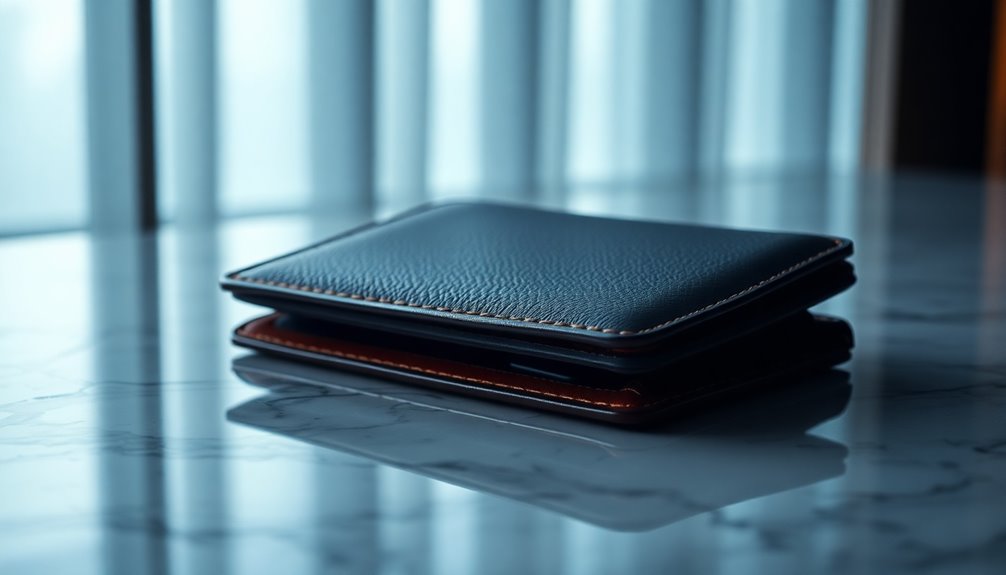A self-custodial wallet lets you take full control of your digital assets by managing your private keys directly. This means only you have access to your funds, ensuring true ownership. You'll generate a recovery phrase, which acts as your master key for accessing your wallet if needed. Unlike custodial wallets, self-custodial options keep your information private and secure, allowing you to interact with decentralized applications. However, be aware that losing your keys or recovery phrase can result in irreversible loss. If you're curious about the setup process or benefits, there's more to discover.
Key Takeaways
- A self-custodial wallet allows users to have direct control over their private keys and digital assets.
- Users maintain true ownership of their funds, as only they hold the keys.
- Recovery phrases are essential for wallet recovery and must be securely stored.
- These wallets enhance privacy, allowing direct interactions with decentralized applications (dApps).
- Users face risks of irreversible asset loss if private keys or recovery phrases are lost.
Key Characteristics of Self-Custody
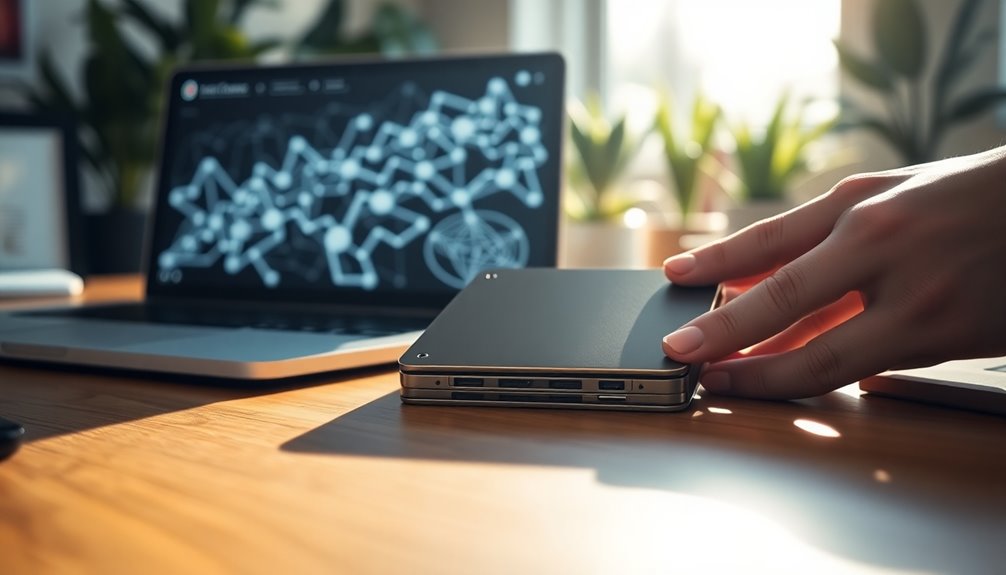
When you choose a self-custodial wallet, you gain direct control over your private keys, meaning you manage your digital assets without relying on anyone else.
This self-custody guarantees true ownership, as only you hold the keys to your funds. You'll typically generate a recovery phrase, acting as a master key for wallet recovery and access.
Self-custodial wallets come in various forms, such as software wallets for easy online access and hardware wallets for enhanced security by storing keys offline.
This flexibility empowers you to engage in activities like staking and lending while interacting with decentralized applications (dApps).
Wallet Ownership Explained
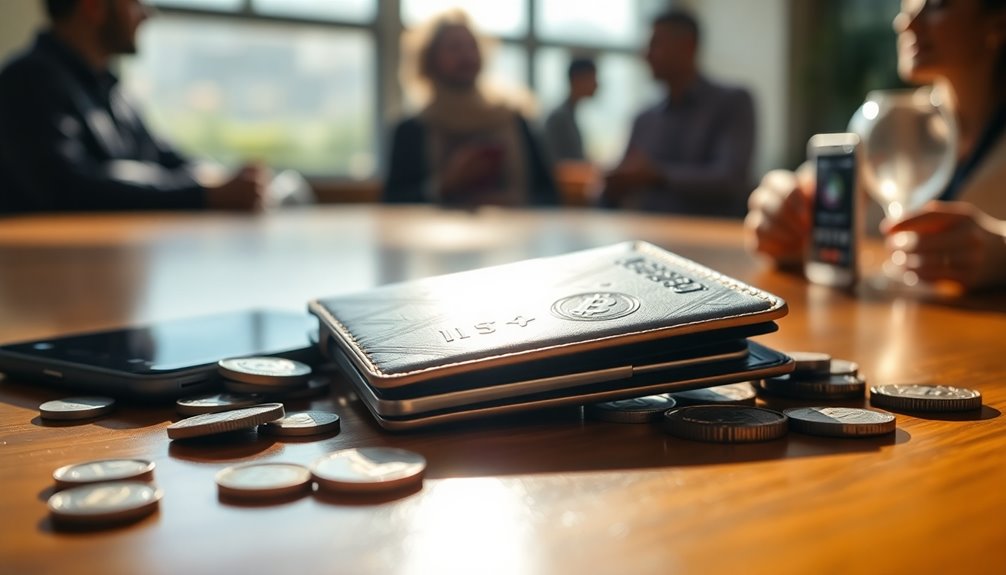
Understanding wallet ownership is essential for anyone using a self-custodial wallet. With self-custody, you directly control your private keys, ensuring true ownership of your cryptocurrency and digital assets.
Unlike custodial wallets, where third parties manage your assets, self-custodial wallets allow you to keep your information private and secure. You're responsible for safeguarding your recovery phrases, which are vital for wallet recovery.
Remember, the principle "not your keys, not your coins" highlights the importance of holding your private keys. This ownership empowers you to control your assets fully and interact with decentralized applications (DApps) without relying on others.
Embracing wallet ownership means taking charge of your financial future in the crypto space.
Wallet Setup Process Overview
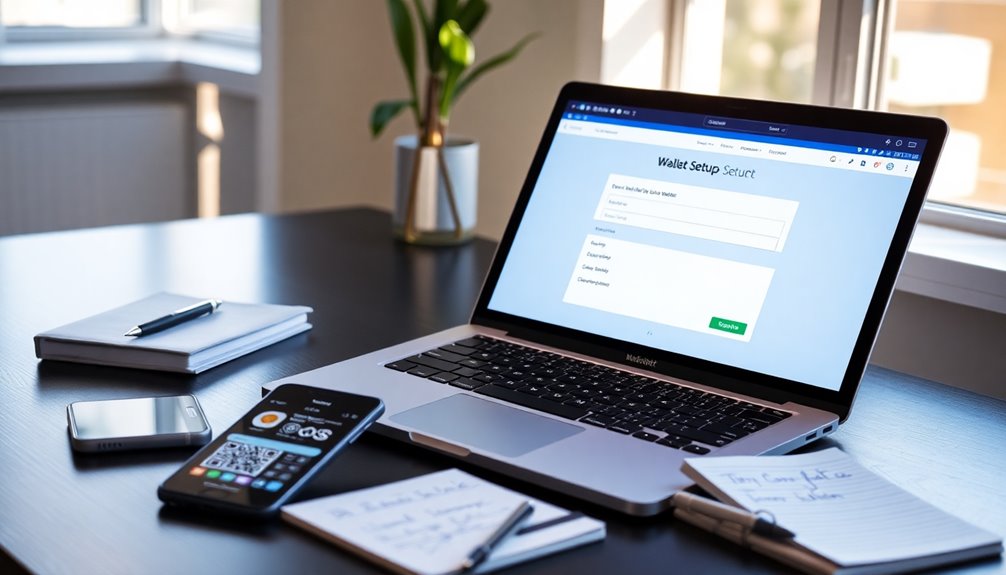
Setting up a self-custodial wallet is a straightforward process that empowers you to take full control of your cryptocurrency.
First, you'll generate a secure recovery phrase, usually 12 to 24 words, which acts as your master key for wallet recovery. During the wallet setup process, you'll need to re-input this recovery phrase for verification, ensuring it's stored securely and you understand its significance.
Once your wallet is created, you can create new cryptocurrency addresses or import existing ones by following the wallet provider documentation.
Remember, keeping your recovery phrase confidential is essential; sharing it could lead to irreversible loss of assets.
Familiarize yourself with the wallet's interface to effectively manage your assets and utilize its features.
Benefits Versus Potential Pitfalls

While self-custodial wallets offer significant advantages, they also come with important responsibilities. You gain complete control over your private keys, enhancing your security and minimizing reliance on custodial services that could face bankruptcy or fraud.
This self-custody allows for greater privacy in transactions and direct access to decentralized applications (DApps), revealing a wider range of financial services without intermediaries.
However, you must be aware of the potential pitfalls. Losing your private keys or recovery phrases could result in irreversible loss of access to your assets.
Additionally, stay vigilant against phishing attacks and other security threats, especially with software wallets, which can be more susceptible to hacking if not properly secured.
Custodial vs. Non-Custodial Wallets
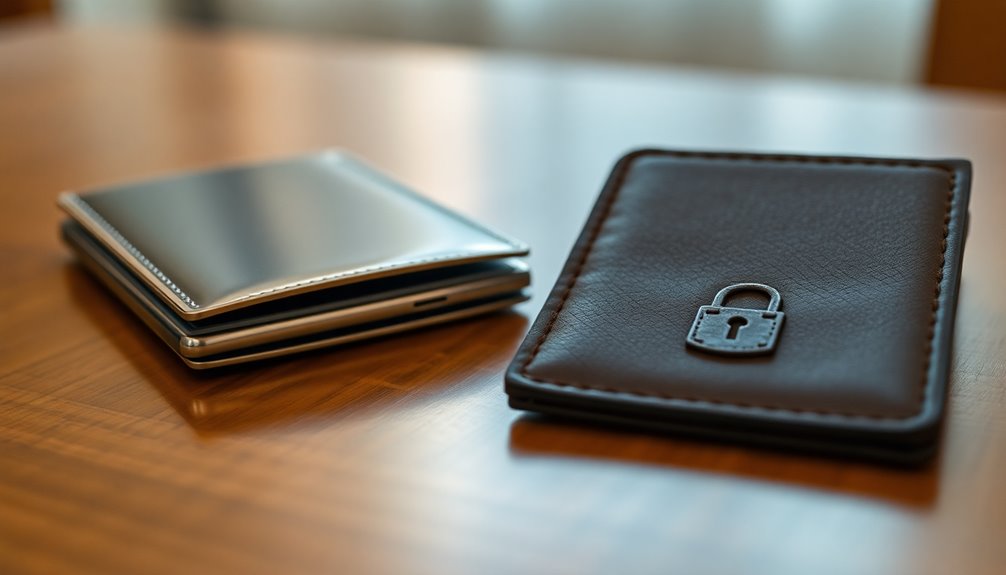
When choosing between custodial and non-custodial wallets, it's important to recognize how each option fundamentally alters your control over assets.
Custodial wallets are managed by third-party entities, meaning you won't have direct access to your private keys. This can limit your ability to access decentralized applications and may expose you to security risks like data breaches.
In contrast, non-custodial wallets, or self-custody wallets, empower you to manage your own private keys and assets, giving you full ownership. They enhance your privacy and security by reducing reliance on third parties.
Security Vulnerability of Private Keys
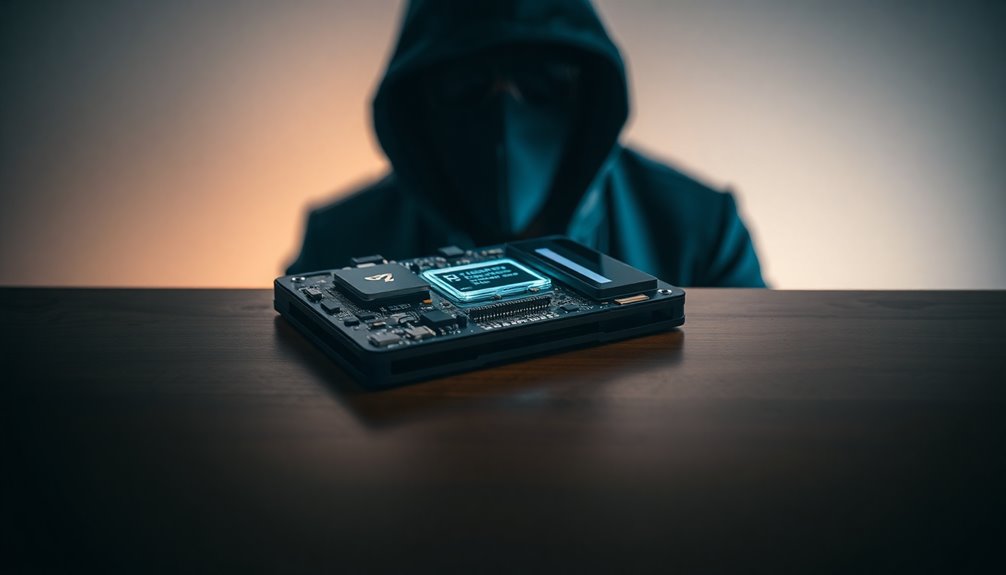
Understanding the security vulnerabilities associated with private keys is essential for anyone using a self-custodial wallet. Losing your private keys means facing irreversible loss of your crypto, as there's no custodial authority to help you recover them.
Digital storage of these keys, especially in hot wallets, exposes you to hacking attempts, phishing scams, and malware. To enhance security, consider using a hardware wallet, which keeps your keys offline and greatly reduces risks.
It's also crucial to manage your seed phrase carefully, as it serves as a master key for recovery. Compromising or losing this phrase can lead to total asset loss.
Always use strong passwords and enable two-factor authentication to further safeguard your crypto investments.
Emergence of Layer 2 Solutions

The challenges of managing private keys in self-custodial wallets highlight the need for innovative solutions in the blockchain space.
Layer 2 solutions enhance scalability and efficiency, allowing you to self-custody your crypto with ease. By processing transactions off the main chain, these technologies—like Ethereum's Optimistic Rollups and Bitcoin's Lightning Network—offer lower fees and faster transaction times.
With a user-friendly wallet interface, you can seamlessly integrate with decentralized applications (DApps) for improved access to your crypto. Unlike custodial or non-custodial options, a self-custody wallet empowers you to take control of your crypto custody.
As Layer 2 solutions gain traction, even popular hardware wallets are leveraging these advancements for better user experiences and security.
Regularly Update Wallet Software
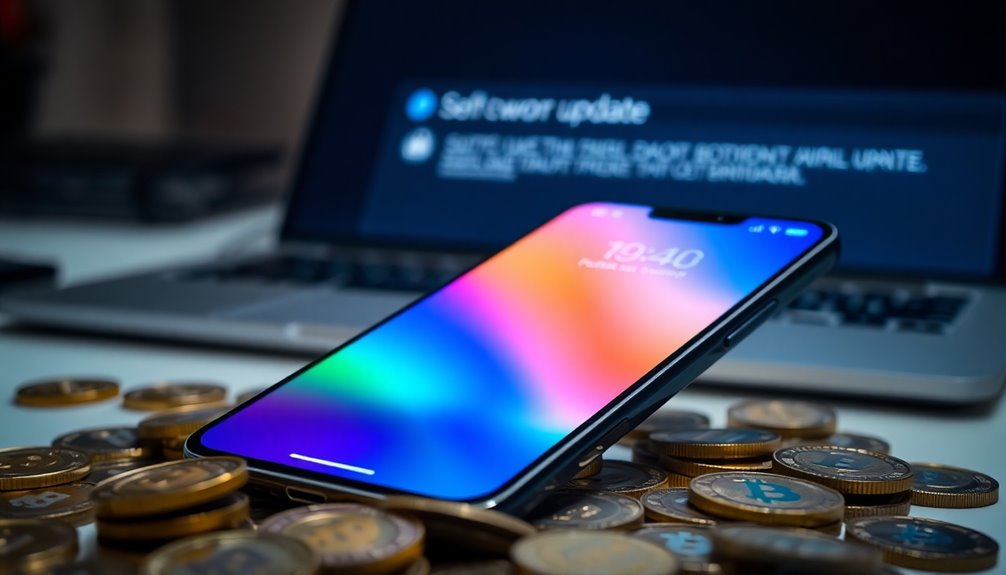
To maintain the security and functionality of your self-custodial wallet, it's vital to regularly update the wallet software.
Wallet providers release updates to fix vulnerabilities and deliver important security patches. Staying informed and applying these updates promptly helps protect you from potential hacking attempts and phishing attacks.
Many self-custody wallets even offer automatic updates or notifications, simplifying the process for you.
Outdated wallet software can limit your access to newer blockchain protocols and decentralized applications (DApps), impacting your overall experience.
Always verify the authenticity of updates by downloading them directly from official wallet websites or trusted sources.
This way, you guarantee you're getting the latest features and security enhancements without falling victim to malicious threats.
Frequently Asked Questions
What Is an Example of a Self-Custodial Wallet?
One great example of a self-custodial wallet is MetaMask. With it, you can manage your Ethereum and ERC-20 tokens while keeping control of your private keys.
If you're looking for something more secure, Ledger and Trezor offer hardware wallets that store your keys offline, protecting you from hacks.
Alternatively, if you prefer a software wallet, Exodus provides an easy interface while still allowing you to maintain control over your private keys.
Is Coinbase Wallet a Self-Custodial Wallet?
You might wonder if Coinbase Wallet gives you the control you crave over your crypto assets. The answer is yes!
It’s a self-custodial wallet, meaning you hold the keys and manage your funds directly. This setup offers you more privacy and autonomy since you don’t need a Coinbase account. Additionally, using a self-custodial wallet means you are less susceptible to third-party risks, as your funds are not stored on an exchange or platform. This is particularly important in the ever-evolving crypto landscape where security breaches can lead to significant losses. To facilitate easier interactions with decentralized applications, many users often ask, “what is wallet connect,” a tool that allows your wallet to seamlessly connect to these platforms while keeping your private keys secure.
Just remember to keep your recovery phrase safe—it's your lifeline to access your wallet if anything goes awry!
What Is the Difference Between Self-Custodial and Non-Custodial Wallet?
The difference between self-custodial and non-custodial wallets lies in control and security.
With a self-custodial wallet, you hold your private keys, ensuring direct ownership and greater privacy.
In contrast, a non-custodial wallet may still depend on third-party services for key management, which can expose you to risks like hacks.
Fundamentally, if you want complete control over your assets, opting for a self-custodial wallet is the better choice for enhanced security.
What Is the Disadvantage of a Custodial Wallet?
The main disadvantage of a custodial wallet is that you don't have full control over your funds.
You're relying on a third party to manage your assets, which can lead to potential risks like hacks or insolvency. If the provider faces issues, you might lose access to your funds without warning.
Additionally, custodial wallets often impose restrictions on withdrawals and transactions, limiting your flexibility and overall control over your cryptocurrency holdings.
Conclusion
To sum up, self-custodial wallets offer you complete control over your digital assets, but they come with responsibilities. Did you know that around 70% of cryptocurrency thefts occur due to poor key management? By keeping your private keys secure and regularly updating your wallet software, you can greatly reduce your risk. Embracing self-custody empowers you to navigate the crypto space confidently, so take charge of your assets and enjoy the freedom that comes with it!
